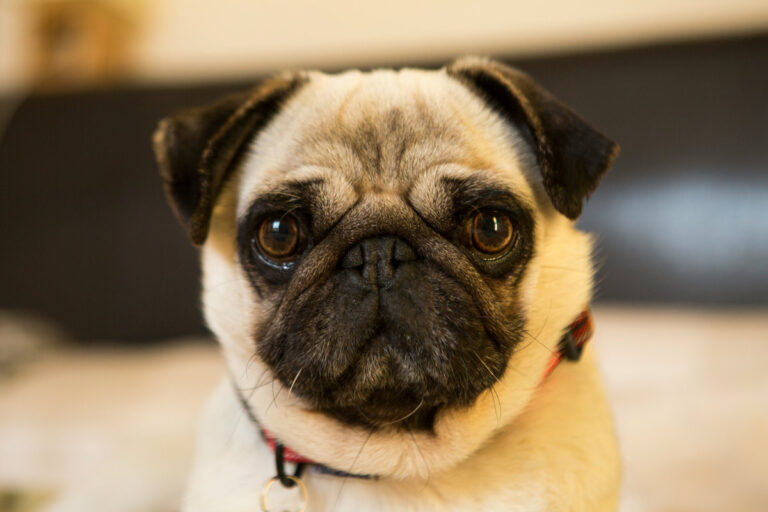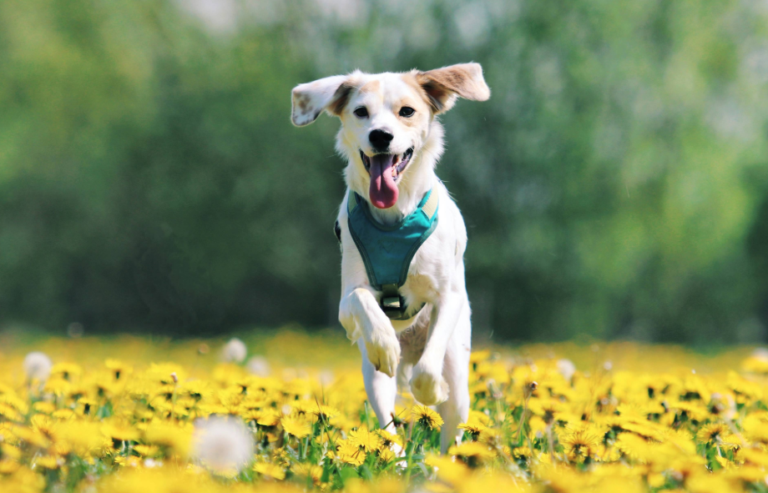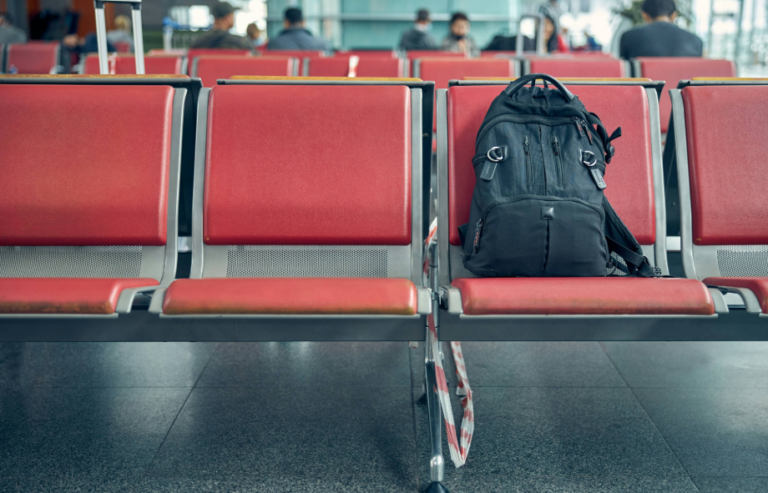Can Flat-Faced Dogs Fly Safely?
The Truth About Flying Brachycephalic (BOAS) Breeds – And What You Can Do
Flying with a flat-faced dog like a French Bulldog or Pug can be nerve-wracking. These breeds, known as brachycephalic or BOAS dogs, have unique facial structures that can make air travel risky. But if you need to move abroad or take them on a long-haul journey, what are your options – and how can you keep them safe?
In this guide, we’ll break down exactly why flying can be dangerous for BOAS dogs, what precautions airlines and vets recommend, and a potential solution that gives you peace of mind if overseas travel is essential.
What Is a Brachycephalic (BOAS) Dog?
Brachycephalic dogs have short, flat skulls that give them a distinctive short-nosed appearance. Common breeds include:
– French Bulldogs
– Pugs
– Boston Terriers
– Shih Tzus
– English Bulldogs
– Boxers
These breeds are prone to breathing difficulties due to their narrow airways. This condition is known as BOAS – brachycephalic obstructive airway syndrome.
Why BOAS Dogs Struggle With Air Travel
Breathing Problems Made Worse by Flights
BOAS dogs already work harder to breathe on a normal day. Add the stress of travel, changes in air pressure, and limited airflow, and it can become dangerous – especially in the cargo hold, where conditions are less controlled.
Stress, Temperature, and Cargo Risks
Stress and heat make it even harder for these dogs to breathe. In a confined pet cabin with rising temperatures or excitement, their airways can swell, making breathing laboured or even life-threatening.
Airline Restrictions for Brachycephalic Breeds
Because of the risks, many airlines have placed restrictions or complete bans on flying flat-faced breeds, particularly in cargo. Some allow cabin travel on specific routes, but options are limited and closely regulated.
Can You Fly With a Flat-Faced Dog?
When Flying Might Be Considered
Flying isn’t automatically off the table – but it depends on your dog’s individual health, the destination, airline policies, and how well they tolerate travel. A full veterinary health check is essential before any plans are made.
What Airlines and Vets Recommend
Some airlines permit brachycephalic dogs to fly in cabin on short-haul or direct routes. Others only allow it with medical clearance. Vets will often advise against it unless it’s absolutely necessary and all safety measures are in place.
Alternative Transport Options
In some cases, driving or pet ground transport is a better option. For international moves, working with an experienced, vet-led pet relocation service is often the safest route.
A Safer Way to Fly BOAS Dogs Overseas
Vet-Approved Pre-Flight Prep
Your pet needs to be in peak condition before flying. That means health checks, airway assessments, and personalised travel planning based on breed, age, weight, and temperament.
Choosing the Right Pet Relocation Specialist
Look for a provider with experience in transporting brachycephalic breeds – not all are qualified or willing. A team that includes vets, experienced handlers, and tailored planning is critical.
How Our “Vet-Led Travel Prep” Vet Upgrade Can Help
At PetAir UK, we offer a Vet-Led Travel Prep: The perfect way to get your brachycephalic pet calm and ready for flight with our EXCLUSIVE vet-led wellness support for pets preparing to fly.
We know how much you care about your pet’s wellbeing — especially when they’re travelling. That’s why our veterinary support service gives you extra peace of mind every step of the journey.
Complete Care include:
- A personalised video consult with an accredited animal behaviourist, including a written plan to support crate training, travel anxiety, and a smooth journey. This training is designed EXCLUSIVELY for PetAir and based on real experiences. No one else offers this training, understanding, or level of pre-flight care
- A one-on-one nutrition call with a vet to help plan food for travel and life abroad, easing the dietary transition
- 24/7 access to UK-registered vets via video or message, right up until you fly
Final Tips for BOAS Pet Owners
– Always speak to a vet before making travel plans
– Avoid flights in hot months or with long layovers
– Never sedate your pet before flying – this can worsen breathing problems
– Use a well-ventilated, IATA-approved pet cabin (not crate!)
– Work with specialists who understand BOAS needs
Prefer to travel with your pet, not apart from them?
For some flat-faced breeds, flying in-cabin alongside their owner isn’t just a luxury – it’s the safest choice. That’s why we created the PetAir Superior Package: an exclusive private jet experience designed with brachycephalic pets in mind.
If you’re relocating overseas and want the most comfortable, stress-free option for your BOAS dog or cat, get a quote for our Superior Package today. Let’s make their journey as safe and special as they are.



